‘North Carolina Heirloom’ Cucumber: A Garden Delight
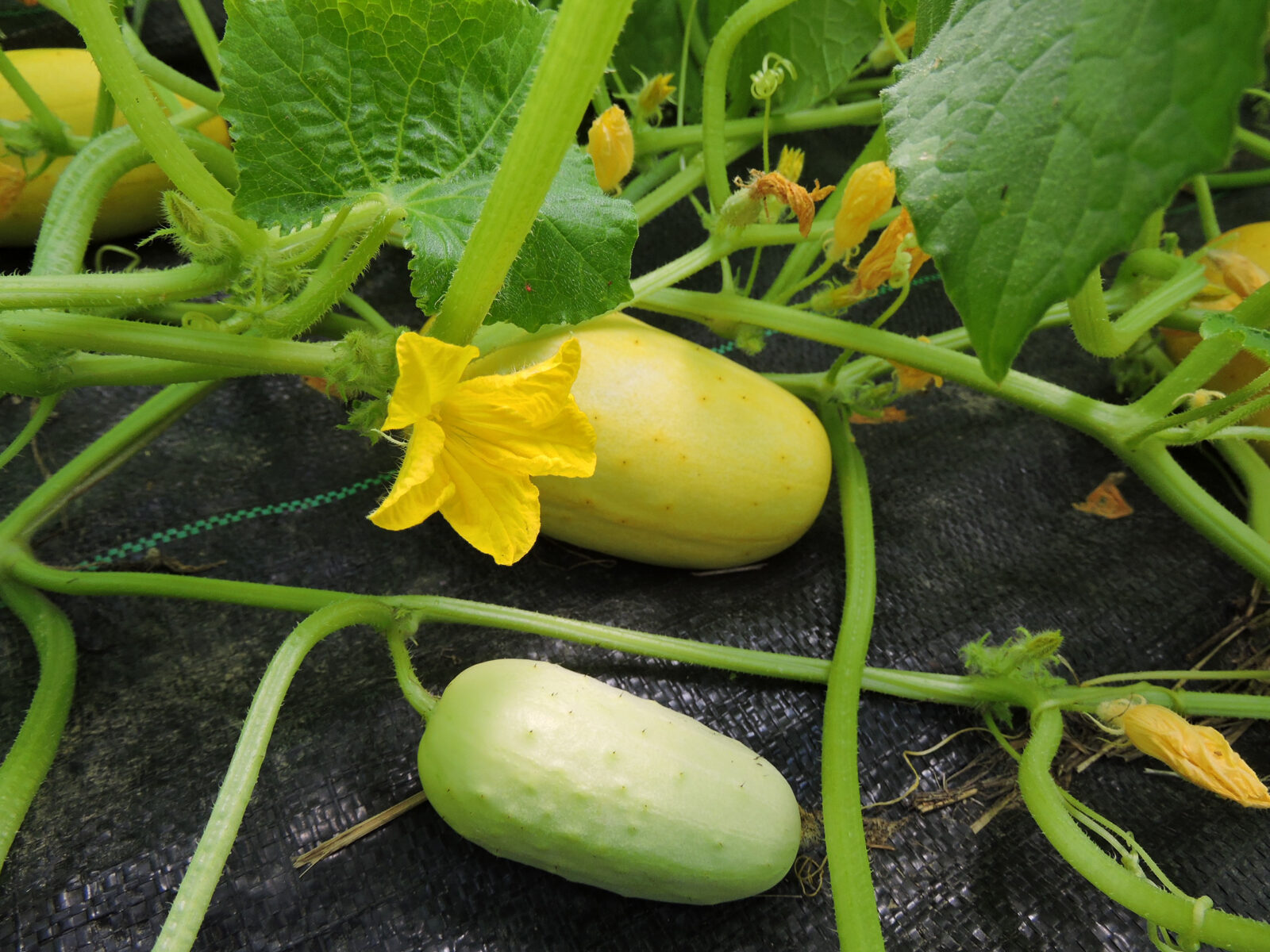
‘North Carolina Heirloom’ Cucumber: a Garden Delight
Marian Hart of Pollocksville, North Carolina, was a frequent lister in the Seed Savers Exchange Yearbook in the 1980s and 1990s. A gardener since 1962, Marian listed an assortment of melons, watermelons, sorghum, and tomatoes. But none of those varieties was as popular and beloved as her cucumber variety: the ‘North Carolina Heirloom’ cucumber.
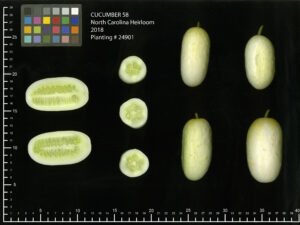
This cucumber has quite an extensive history for being such a petite fruit. It was grown in the North Carolina mountains as a pickling cucumber since at least the 1880s, some 100 years before Marian received its seed from her next-door neighbor. Thanks to Marian’s discerning taste and acute foresight, she decided to also share this seed with the Seed Savers Exchange community.
From the Yearbook, the ‘North Carolina Heirloom’ cucumber entered the Seed Savers Exchange Collection. The cucumber impressed preservation staff, who then added it to the Seed Savers Exchange catalog for purchase in 2020.
This small, straight, white fruit has sparse, small black spines that can be easily rubbed off for fresh eating. Fruits measure about 4 inches by 2 inches and weigh only a few ounces; the slightly ridged green flesh is juicy and crunchy with good flavor, and the skin turns dark orange at full seed maturity.
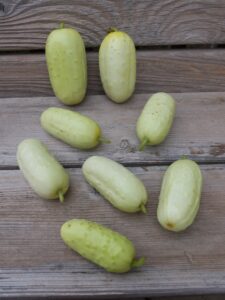
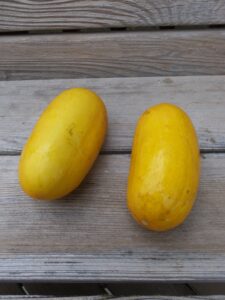
Today, gardeners enjoy the ‘North Carolina Heirloom’ cucumber well beyond the Tar Heel State, and it’s easy to see why. These cucumbers are prolific and tolerate hot, dry weather as well as wet conditions. They also resist pest pressure until late in the season. This cucumber sets fruit quickly, and the peel is not tough, making it an ideal garden snack!
Five-Star Reviews:
“I just harvested the first NC Heirloom cucumber this morning and shared it with my husband. Oh my! It was delicious. Not as strong tasting as the common green cuke from the grocery story. But it was crunchy and slightly sweet. It had a large seed pouch with only about 1/3 inch of flesh. We ate some with the peel and some without. Both were good. The peel is not tough. I already have seeds In a jar ready to save. This is a keeper.”
—Carol
“Proven winner in my Georgia garden. 45 min north of Atlanta. Can be hot and dry and also can be quite wet. These germinate, and go to work immediately climbing and setting buds. They do not mind hot/dry, and they will tolerate wet. They are PROLIFIC producers. In one week, four plants produced almost 20 fruit. And, the following week—they were back at it with another 15. Didn’t succumb to pest pressure until the very end of July. I highly recommend this variety.”
—Lizzie McD
“Bought these last year and they are great. Easy to grow, sweet cucs. Big yield from each plant. Even my dog loves them. That’s the only varmint I have to deal with. I’m in central NC.”
—Kim
What is a pickling cucumber?
There are two kinds of cucumbers: pickling and slicing. Each has key differences, making them unique for each purpose.
Pickling cucumbers are shorter and stouter than slicing cucumbers for fresh eating. They have dry, crunchy flesh and small seeds to absorb a lot of brine without becoming too “watery.” They also have a thin skin and visually appealing black spines.
Slicing cucumbers, on the other hand, are grown for immediate consumption, usually as a salad item. They are longer in size than a pickling cucumber, with thick, uniform, dark-green skins. They have larger seeds than pickling varieties, and their flesh is juicy, mild, and refreshing.
Cucumber recipe: White Gazpacho
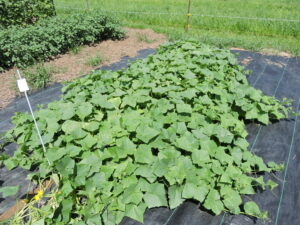
How to grow cucumbers
Cucumber plants are prolific and grow well in many regions of the United States. Cucumbers are a great plant for beginning seed savers.
Direct sow cucumber seeds after the danger of frost has passed and the soil temperature has warmed.
In your garden, make 12-inch hills at least 6 feet apart. Plant 6-8 cucumber seeds per hill. Plant seeds 1 inch deep. After germination, thin to 3-4 plants per hill.
Cucumbers grown for fresh eating are harvested before they reach seed maturity. Cucumber plants grown for a seed harvest approach seed maturity upwards of 45-60 days after pollination.
Complete Guide: Grow and Save Cucumber Seeds
Thank you to SSE seed historian, Sara Straate, for providing information on the history of the ‘North Carolina Heirloom’ cucumber.